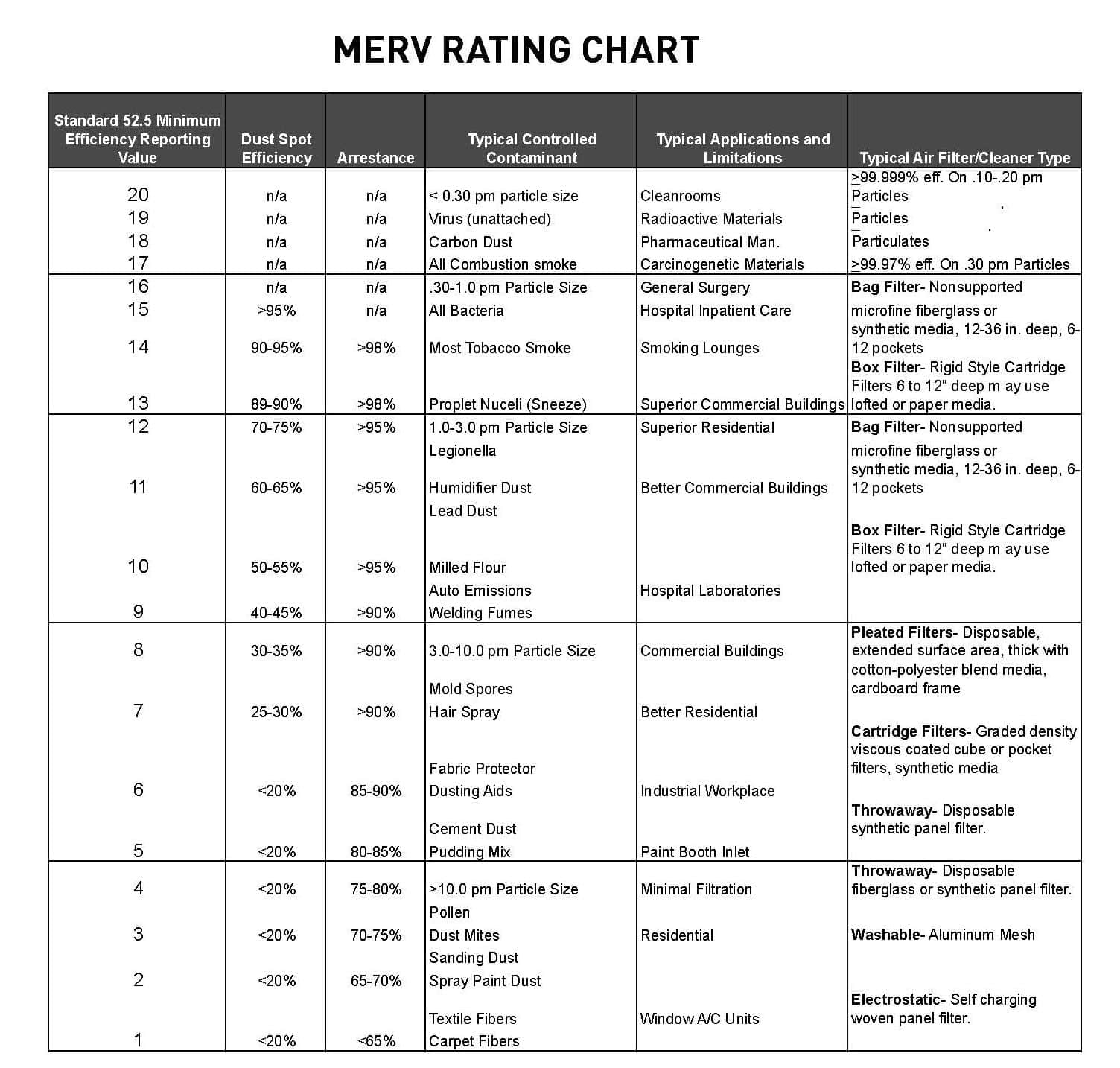FAQs on Mask Care & MERV-13 Filter Material
NOTICE: The answers to the following questions are not meant to be the final authority on the subject. Obviously, professional grade medical masks would be the best defense today but, unfortunately, they are not available to many people. If you can obtain a professional grade mask once the supply for first responders and medical professionals is no longer an issue, we suggest you do it. However, until they become readily available, the use of a MERV 13 filter is better than other makeshift masks or simple dust masks with less of a filtering ability. To that end, the following answers are given to the best of our knowledge in hopes of helping our community better protect itself.
Q: Do these filter inserts contain fiberglass?
A: No – the filter material that we are using does not contain fiberglass. This was verified by a representative of the manufacturer.
Q: How can I get a mask made if I do not sew?
A: There is a link on our page that gives contact information for local seamstresses who you can call to make arrangements to have masks made. If you know of any seamstresses who would like to be included on our list, have them fill out the form and check the box that says they want to be included and we will happily include them.
Q: On the filter material I received there is a small, hard spot that looks like dried glue…?
A: It is glue. We are dismantling high-efficiency filters from our stock to obtain the filtering material for the community. To do this, we have to remove the glued ribbons and metal screening that keep the filter’s shape when used in a home’s air stream. We have tried to remove all these small drops of glue, however a piece may have been missed. You can carefully remove the piece or just cut the mask so that the glue spot will not be directly in front of your mouth.
Q: Should you clean and sterilize the mask after each use?
A: Yes. After using the mask in public, the mask should be cleaned or sterilized. Caution should be taken in handling the mask after use, and you should avoid touching the front of it which may be contaminated.
Since there is no plastic used in the mask, heat can be used as a sterilization method. To sterilize the mask between each use, preheat an oven to 170°F. Place the mask with the filter material still inside it on a baking sheet within the hot oven for 30 minutes or more. Viruses and germs will typically not survive temperatures on surfaces at about 150°F. Setting your oven to 170°F ensures the mask gets hot enough in the event of oven variability. Source
If you need to wash the mask, remove the filter material and hand wash. Machine washing tends to crumple the nose wire which will cause it to eventually break. The mask can be air dried or dried in a clothes dryer if there are no other clothes in the dryer that would damage the wire.
Do not use a microwave since this will not kill viruses and the mask has metal in it.
Do not use a dryer to sterilize since dryers typically only heat up to 135°F.
Q: Is there a potential that the filter material will break down and I could potentially inhale the fibers?
A: Since the material we are supplying is being taken from a high-efficiency filter media designed for furnaces and air conditioners, they are typically installed in air streams where the air has a velocity of at least 1,000 feet per minute (fpm). The velocity of most people’s breathing is only about 200-400 fpm, so the filter breaking down should not be an issue. The fact that the cotton cloth is between you and the filter should also protect you should any pieces come loose from when the material was cut or placed into the mask.
Q: I’ve read that MERV-13 filter material can trap molecules between 0.3 – 1.0 microns, however, some article state that the virus can be smaller than that?
A: Although the virus itself is said to be about 1.25 microns, so far, its verified means of travel is as a droplet nuclei. A viral nuclei is composed of the virus which is surrounded by fatty proteins and mucus. This covering is what protects it outside of a host—sort like a space suit it needs to survive once it leaves a body. This is also why heat and UV affect it, because heat dries up the mucus and fatty proteins around it causing the virus to expire. Further increasing the size of this particle, is that when expelled from the body, the viral nuclei is contained within the vapor droplets from a sneeze or cough. The viral nuclei contained within the water vapor is what the MERV 13 filter material is rated as being able to filter. You can use a higher rated MERV filter in a pocket mask if you can obtain it, however it will be harder to breathe through.

